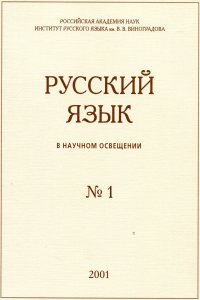Contrastive phraseology: cross-linguistic equivalence and translation of idioms
Abstract:
The notion of cross-linguistic equivalence in the field of phraseology can be defined in two different ways. One way is to look for translations of a given idiom in authentic texts, for instance, in parallel corpora. Another way is to compare phraseological systems of languages under consideration. In both approaches cross-linguistic equivalents can be found. They are, of course, not absolutely parallel and display equivalence only in certain respects. So they have rather to be labeled near-equivalents. What is ultimately to be desired [stet] in both the theory of phraseology and practically oriented research is what is termed functional equivalence. Functional equivalents are counterparts which can be used in the same concrete situations without any informational loss. Functional equivalents have to be fixed in an ideal bilingual dictionary of idioms of the languages L1 and L2. To find them out we have to simultaneously go two ways: from text to language system (as typical of investigating translational equivalents) and from language system to text (as typical of discussing the so-called systematic equivalents). Not all systematic equivalents can function as counterparts in authentic textsand, on the other hand, not all translational equivalents can be included in the dictionary as parallels suitable for using in neutral contexts. Not all correlating idioms of L1 and L2 turn out to be functional equivalents. Often one-word lexical items or collocations meet the criterion of functional equivalence better that a pseudo-equivalent idiom. Functional equivalents can be discovered only through the thorough linguistic analysis using all available data sources: dictionaries, corpora (both monolingual and parallel), surveys, or research results achieved by other linguists.


